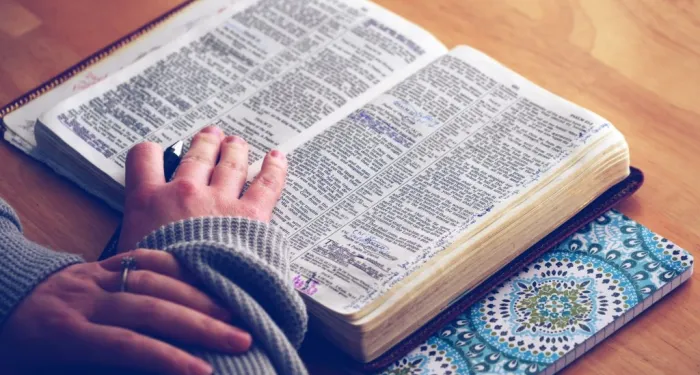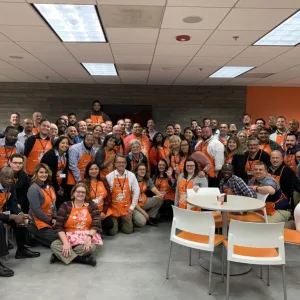
Oct 8 | 2018
Marginalia: A Better Way to Read
My father left me a wonderful collection of books. Even better, he left me books that contained his written comments in the margins.
His comments make the book live for me. Those books are far more important to me because of his comments. I learn from, and connect to, his presence — even from simple underlining.
Marking up a book in this way is known as marginalia. The practice is at least as old as mechanical book printing. Cambridge University has an exhibit that catalogs notes left in books printed from 1450-1550. (Curators selected that period because Johannes Gutenberg's printing press came online by 1450.)
Far more recently, author and artist Austin Kleon wrote about the importance of "Reading with a Pencil" on his blog.
I'd like to share my margin notes from Kleon's post with you. The entry contains a great quote from a friend of his:
Every piece of art I've ever made was because I saw bad and could do better, or saw great and needed to catch up.
This is a quote I would underline.
Substitute "crazy good turn" for "piece of art" in that quote, and you have one of the dominant forces at work in the stories featured in our podcasts.
The people we highlight may set out to do good because they saw something bad and wanted to fix it. (Georgie Smith launching A Sense of Home in response to a shortcoming in the Foster Care system is a great example of this.)
Or they draw inspiration from someone who's done something great, and try to emulate it. (Here you could look to Frank Siller and his family's work with the Tunnel to Towers Foundation, carrying on the legacy of NYC Firefighter Stephen Siller.)
In either case, they aren't just bearing witness to the world. They're seeing what's there, then inserting themselves into the action — just as a reader armed with a pencil can shape the story into something entirely new on their own.
In our increasingly digital world — a universe of widely distributed photos and podcasts — what is our equivalent of 'reading with a pencil'?
It is writing comments, or making the effort to like or share content. And the step forward in the digital world is that our marginalia can be seen by others and enrich their experience.
As I write that, it seems like a wildly optimistic view of digital commentary. We've all seen how dialog online can spiral into hateful and divisive words.
But it doesn't seem too optimistic for the Crazy Good Turns community. Your comments and observations — whether on our Facebook wall, Twitter, or to my personal email — have been consistently thoughtful, and often enrich my view of the stories we've told.
To everyone who has taken the time to write something after one of our episodes — or simply to "like" it or share it — many thanks for listening with your digital pencil!
-Frank




